Charger Xtar WP2 II 2014
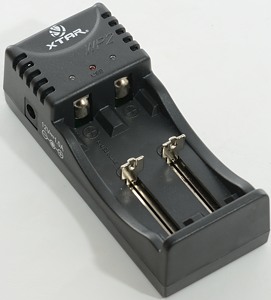
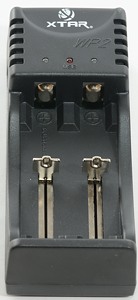
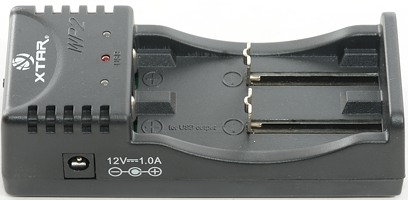
This is the current version of the WP2II charger, according to Xtar there are some minor differences between this and the WP2 II I have tested before, so they asked me to give it a new test.
The charger is a dual channel charger with a switch to select between two charger currents, making it useful for many different LiIon battery sizes.
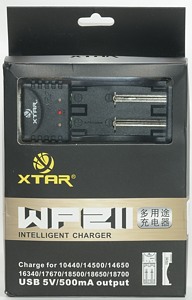

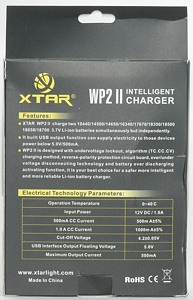

It comes in a cardboard box with a view to the charger and specifications on the back.
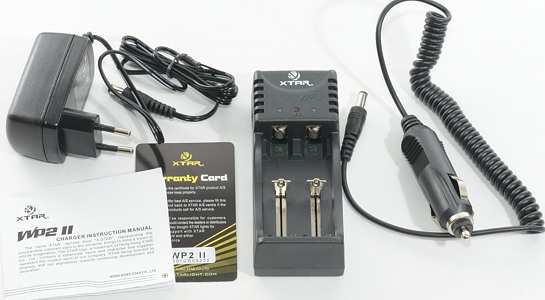
In the box is the charger, a power supply, instruction sheet, warranty card and a car adapter (I expect this adapter is optional).
As usual the adapter is universal voltage (100-240VAC 50/60Hz).
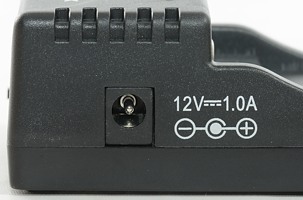
The charger has a 12 volt power input, it can be used with either the power adapter, the car adapter or some other 12 volt supply.
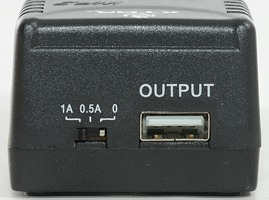
The switch select between usb power (position: 0), 0.5 ampere charge current (position: 0.5A) or 1 ampere charge current (position: 1A). I would have preferred that the switch was somewhere on top of the charger, to make it more visible. The usb connector is an usb power output, that can be used to power or charge small usb devices. It can supply up to about 500 mA, but see curves below.
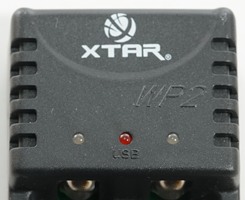
There is a charge led for each channel, this led will be red when the charger is charging and green at all other times when the charger is powered and charge selected. If the usb power function is selected, when power is connected, the led on the left channel (the channel used for usb power) will flash red.
The center led is red and will be on when usb power is selected, no power is connected and a charged battery is in the left channel, i.e. when there is power on the usb connector.
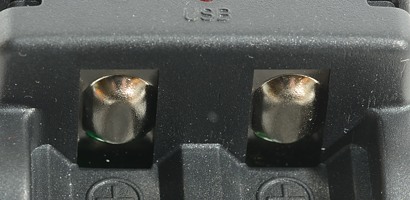
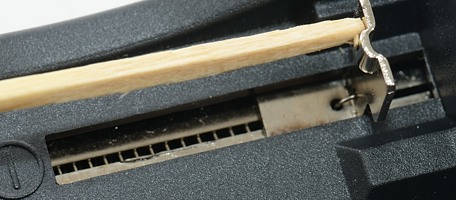
The battery sliders works smoothly and can handle batteries from 31mm to 69mm, preventing usage of the longest protected 18650 batteries.

To avoid fake chargers, Xtar is using a system with numbers that can be checked on their website.







The charger can handle 69 mm long batteries, including flat top cells. (See my 18650 LiIon comparison for length of different brands).
Measurements charger
- Below 2 volt the charger charges with about 0.5 mA, this is enough to reset a protection pcb (Note: The led is green).
- Between 2 volt and 3 volt the charger charges with about 60 mA.
- Above 3 the charger is applying regular charge current (See curve below).
- The charger will restart charging when the cell drops to 4.05 volt, a battery insertion or after a power loss.
- When charger is disconnected from power, but with a battery in, it will draw up to 3mA from the battery.
- When usb mode is selected and no load is connected, the battery is discharged with up to 7.5mA.
- Selecting usb output mode will disable the charging and the red led on channel #1 will flash.
- Two batteries will not change the charge current.
- Because each channel is independent, the different voltages vary between the channels with a small
amount.
%20%231.png)
The charger uses a simulated CC/CV curve and it looks very good.
The 1A charger current is the peak current not the average current, this makes the charger slower than non-pulsing chargers with 1A current.
%20%232.png)
The second channel works just as fine.
%20%231.png)
%20%231.png)
Different capacity takes different time and does also charge nicely.
%20%231.png)
Using an external DC supply (Nearly the same as using the car adapter), shows that the charger uses nearly 1A DC power and not surprisingly it works exactly the same as mains powered.
%20%231.png)
Select 0.5A charge current changes the peak current to 0.5A, again the average current is slightly lower. The termination current is not reduced, this is a minor disadvantage with smaller batteries.
%20%231.png)
As usual I try my old IMR 16340 cell and the charger handles it without any problems with full charge current.
%20%231.png)
A slightly larger IMR cell and not as old, is also charged nicely.
%20%231.png)
%20%231.png)
Doing these two cells on 0.5A does also work.
%20%231.png)
This is a new cell I have included for testing 0.5A and lower charge currents, it can be used to compare charge times between different chargers in the future.
It is a 14500 protection battery in good quality.
.png)
Two cells does not change the charge current.

M1: 37,7°C, M2: 35,8°C, M3: 44,2°C, M4: 38,0°C, HS1: 50,0°C
As usual the electronic gets considerable hotter than the batteries.
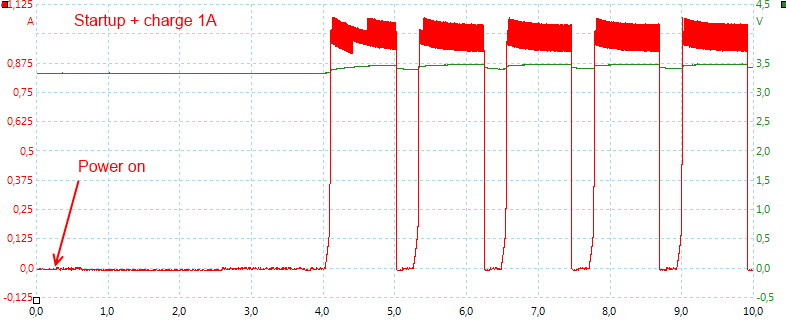
The charger uses nearly 4 seconds to start up and it pulses the current when charging.

The pulsing is exactly the same at 0.5A charge current.
Measurements on usb power
- For usb output to be active the 12 volt power must be disconnected and the switch must be in usb (0) position.
- When usb mode is selected and no load is connected, the battery is discharged with up to 7.5mA.
- Usb output does not turn off automatic, it must be controlled with the switch.
- Usb output is coded as Apple 0.5A

First test on the usb output is a load sweep with full batteries, it delivers nearly 0.6A, this is fine for a 0.5A rated output, but can it sustain the current when the battery voltage drops?
.png)
Lets try a full run with a 10ohm resistor (0.5A at 5 volt). It only works for about an hour, then the voltage drops below 4.75 volt, this is not very impressive.
.png)
Increasing the load to 15ohm (333mA at 5 volt) is not much better.
.png)
At 20ohm (250mA at 5 volt) the output looks good for more than 6 hours.
.png)
.png)
Other capacity batteries at 20ohm does also looks fine.

72mV rms noise. This value will increase when the battery is discharged.
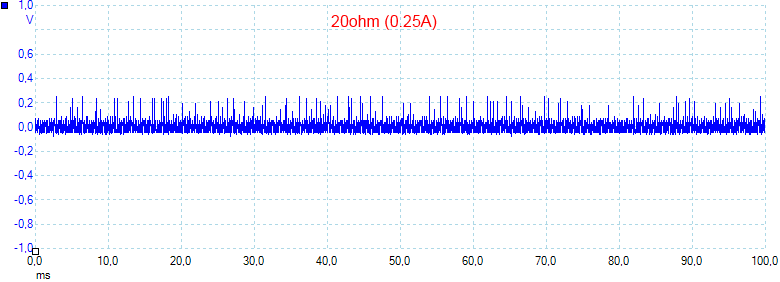
42mV rms noise.
Testing with 2500 volt and 5000 volt between mains and low volt side, did not show any safety problems.
Conclusion
The charger is very close to a CC/CV charging profile and does a good job charging LiIon batteries and the two currents means it support a good range of battery sizes.
The usb output is not very good, Xtar can do much better (See WP2s).
Notes
The charger was supplied by XTAR for a review.
Here is an explanation on how I did the above charge curves: How do I test a charger
Read more about how I test USB power supplies and chargers





















%20%231.png)
%20%232.png)
%20%231.png)
%20%231.png)
%20%231.png)
%20%231.png)
%20%231.png)
%20%231.png)
%20%231.png)
%20%231.png)
%20%231.png)
.png)




.png)
.png)
.png)
.png)
.png)

